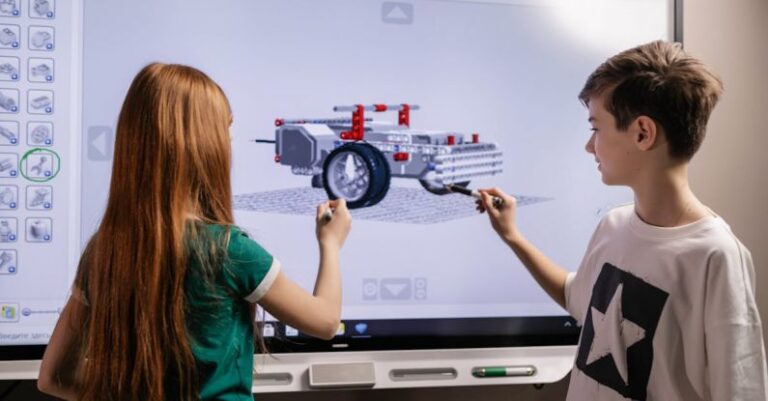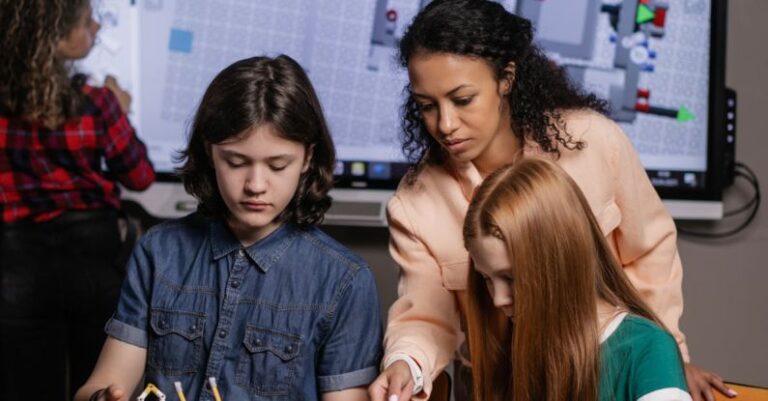
The Implications of AI Singularity in Robotics
Artificial Intelligence (AI) singularity in robotics is a concept that has garnered significant attention in recent years, sparking both fascination and concern among experts and the general public alike. As AI technologies continue to advance at an unprecedented pace, the idea of a future in which machines surpass human intelligence and capabilities is no longer confined to the realm of science fiction. The implications of AI singularity in robotics are far-reaching and complex, with the potential to revolutionize industries, reshape societal structures, and raise profound ethical questions. In this article, we delve into the key implications of AI singularity in robotics and explore the implications of this transformative phenomenon.
Enhanced Efficiency and Productivity
One of the most immediate implications of AI singularity in robotics is the potential for significantly enhanced efficiency and productivity across various sectors. Advanced AI algorithms and robotics systems have the ability to perform tasks with speed, precision, and consistency that far surpass human capabilities. This increased efficiency can lead to streamlined operations, reduced costs, and improved output quality in industries such as manufacturing, healthcare, and logistics. By automating repetitive and labor-intensive tasks, AI-powered robots can free up human workers to focus on more complex and creative endeavors, ultimately driving innovation and growth.
Increased Autonomy and Adaptability
AI singularity in robotics also brings about a new level of autonomy and adaptability in machines. With the ability to learn from experience, analyze data in real-time, and make decisions independently, AI-powered robots can operate in dynamic and unpredictable environments with minimal human intervention. This enhanced autonomy opens up new possibilities for applications in areas such as autonomous vehicles, unmanned aerial vehicles, and smart manufacturing systems. By leveraging AI technologies, robots can adapt to changing circumstances, optimize their performance, and collaborate with each other in ways that were previously unimaginable.
Ethical and Societal Implications
Despite the numerous benefits that AI singularity in robotics can bring, there are also significant ethical and societal implications that must be carefully considered. As machines become increasingly intelligent and autonomous, questions arise about the impact on the workforce, privacy, security, and human decision-making. The potential displacement of human workers by AI-powered robots raises concerns about job loss, income inequality, and the need for reskilling and upskilling programs to ensure a smooth transition to the future labor market. Additionally, the collection and utilization of vast amounts of data by AI systems raise concerns about privacy, surveillance, and the potential for misuse of personal information.
Safety and Security Challenges
Another critical implication of AI singularity in robotics is the need to address safety and security challenges associated with the deployment of advanced AI-powered systems. As robots become more autonomous and interact with humans in diverse settings, ensuring their safety and reliability becomes paramount. Robust cybersecurity measures must be implemented to protect AI systems from cyberattacks, data breaches, and malicious manipulation. Moreover, ethical considerations surrounding the use of lethal autonomous weapons and the potential for AI bias and discrimination must be addressed to prevent unintended harm and ensure the responsible development and deployment of AI technologies.
The Future Landscape of AI Singularity in Robotics
As AI singularity in robotics continues to evolve, it is clear that we are entering a new era of human-machine collaboration and interaction. The transformative potential of AI technologies to revolutionize industries, enhance efficiency, and drive innovation is immense. However, realizing this potential requires a thoughtful and proactive approach to addressing the ethical, societal, safety, and security challenges that accompany the rise of AI singularity in robotics. By fostering interdisciplinary collaboration, engaging in open dialogue, and prioritizing responsible AI development practices, we can navigate the complexities of this transformative phenomenon and harness its benefits for the betterment of society as a whole.





